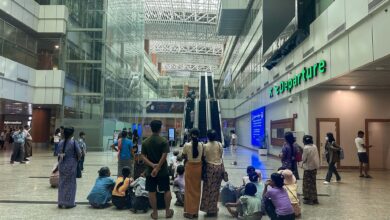
Since a China-mediated ceasefire was agreed to on January 11, months of fierce on-ground fighting has paused between the three members of the Brotherhood Alliance of ethnic armed organisations and the Myanmar military in northern Shan State, but tension remains high in the region where territory continues to be contested.
On October 27, the Ta’ang National Liberation Army (TNLA), the ethnic Kokang Myanmar National Democratic Alliance Army (MNDAA) and the Arakan Army (AA) launched Operation 1027, an offensive aimed at driving the junta out of the area. Over the course of the next two months, these forces seized hundreds of junta camps and took control of several towns, including Namkham, Manton, Namhsan, Mongngawt, Monglon, Namtu, Kutkai and Hsenwi.
The MNDAA reclaimed the Kokang Self-Administered Zone from the military, as did the TNLA with the Palaung Self-Administered Zone. The Brotherhood also handed over two towns. . .
Subscribe for full access to
Get unlimited access to high-quality reporting from the frontlines and support independent journalism.
Already a subscriber? Log in



